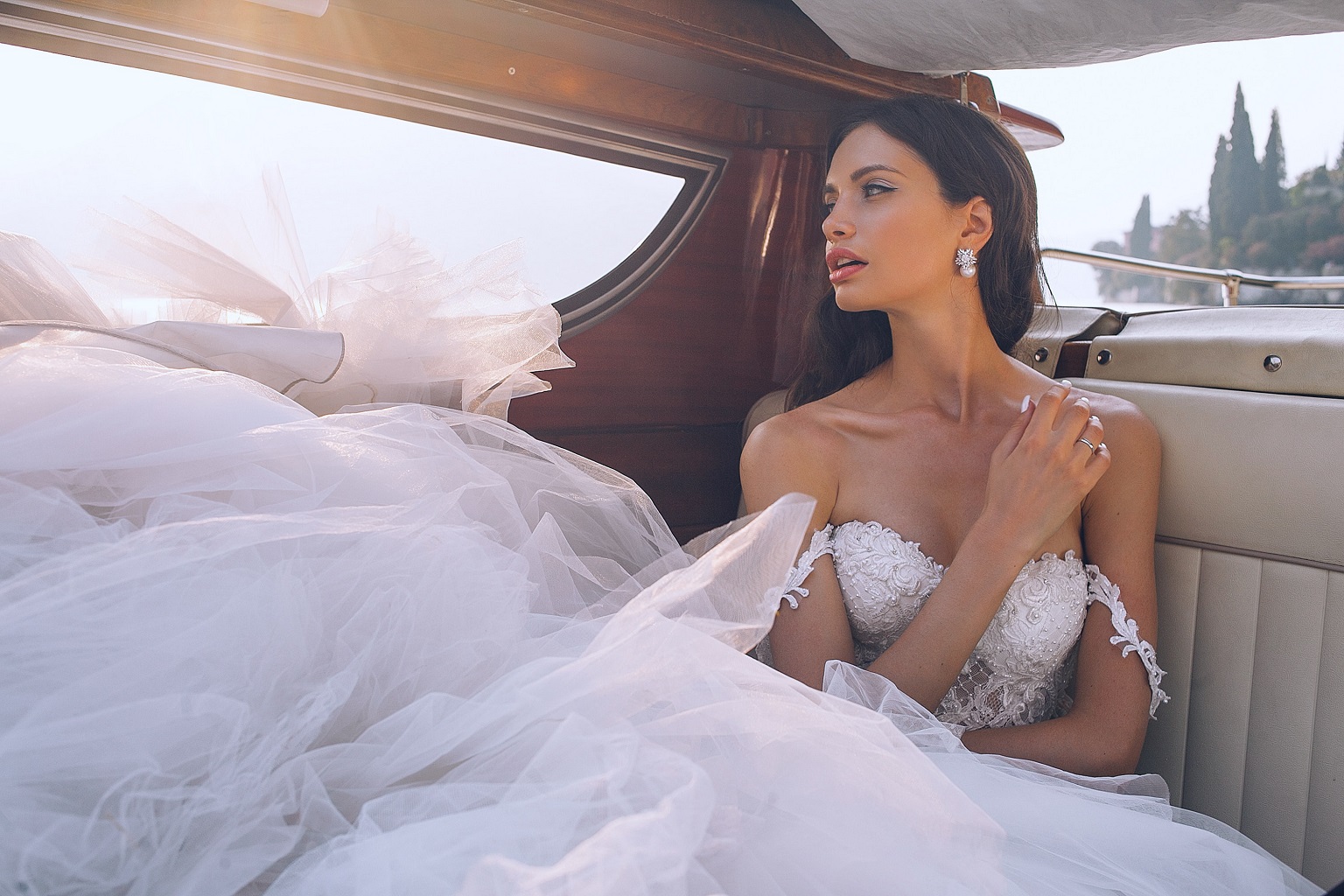Dressmaker Glossary
(Courtesy etsy.com)
Bespoke: a dress which is custom-made. In other words, tailor fitted to the bride’s individual needs.
Boning: One instance where the reality is just as extreme as it sounds. When corsets were first introduced (early 16th century), the look of the tight and supportive top was achieved by sewing whale-bone into the garment. Until the 19th century, wood, ivory and baleen were also used frequently in corsetry. Nowadays, however, these items have been replaced with steel rods or hard plastic in the bodice, and is designed to support the weight of the skirt without the dress drooping in unsightly places.
Chiffon: a fine gauze-like transparent fabric which is often layered on the skirt of a wedding dress, especially ball gowns.
Duchesse Satin: a fabric which is made of blended silk and rayon. Duchesse satin is often chosen by brides because it is much lighter and cheaper than regular satin.
Major Alterations: major alterations on a custom fit dress include taking in or taking out the fabric to adjust the size. Adjusting the length of the hemline, train and sleeves as well as altering the neckline are also considered major dress alterations.
Minor alterations: once the dress has been custom fit, minor alterations include adjusting the sleeves and the way that the hemline sits. Adding decorative details and adjusting puckering fabric are also considered minor dress alterations.
Organza: a transparent fabric which is similar to chiffon but a little stiffer. Organza is often used in the skirt of a wedding dress as well as the sleeves.
Preservation: after spending so much time and money on the perfect wedding dress, it is worth preserving, even if you don’t plan to pass it down as a family heirloom. After the wedding, brides should have their dress dry cleaned and wrapped in acid free paper. Most dressmakers or wedding dress dry cleaners can supply brides with a satin-lined wooden box to protect the dress from mould and moths over the coming years.
Satin: a heavy fabric of woven silk with a glossy surface on one side. Satin is a very popular fabric choice for the bodice of a wedding gown.
Swarovski Crystals: tiny beads that are sewn onto a wedding dress as an embellishment. It is not uncommon for thousands of Swarovski crystal beads to be hand-sewn onto a dress.
Train: Let’s hope you aren’t on such a tight budget that you are arriving at your ceremony by train. The train of a wedding dress is the fabric that extends behind the bride in a trail, brushing the floor. Trains can be of various lengths depending on the formality of the wedding.
Tulle: a netting-like fabric (often used in ballerina tutus) which is often incorporated into veils and the skirts of ball gown style dresses.
Veil: a piece of transparent material to hide the bride’s face as she walks down the aisle. The veil can be lifted by the bride’s father as he gives her away or as the bride and groom are pronounced husband and wife. If you intend to wear a veil, make sure to discuss this with your dressmaker, at the initial consultation, to ensure that the fabric of the dress and the veil match perfectly.






